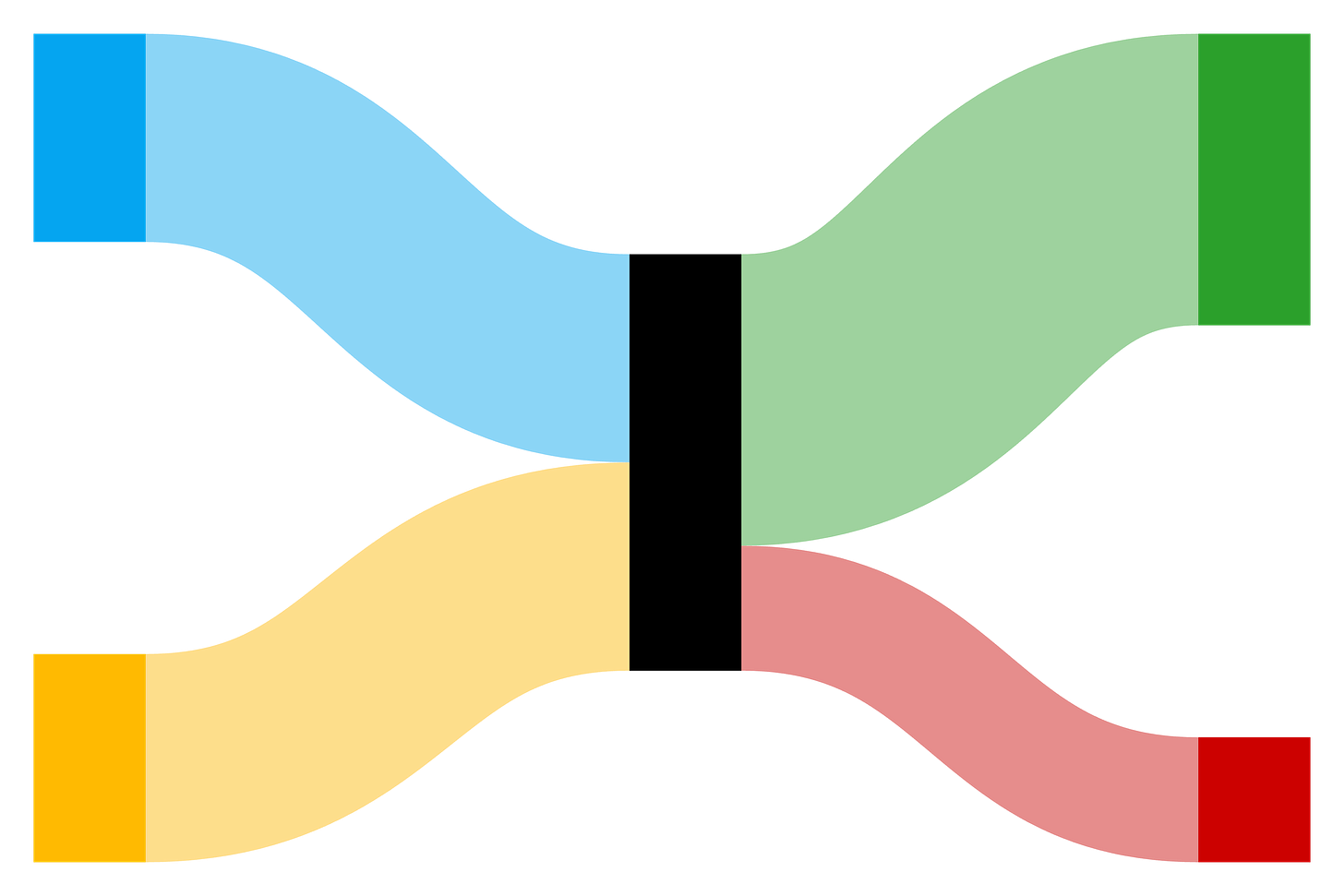🛡️ Cybersecurity's AI Play
New insights as AI reshapes products and market reach
Welcome to the Premium edition of How They Make Money.
Over 170,000 subscribers turn to us for business and investment insights.
In case you missed it:
Enterprise software is taking center stage this earnings season.
Over the past few weeks, industry leaders like Salesforce, Intuit, and Snowflake have showcased how AI is reshaping their offerings. Later this week, we’ll visualize Oracle, Adobe, and MongoDB, to name a few.
Cybersecurity firms are no exception, demonstrating that innovation in security is keeping pace with broader enterprise trends.
As AI shifts from hype to application, a pivotal moment has emerged. Autonomous AI agents are driving enterprise innovation, automating processes, and delivering outcomes directly—bypassing the need for user-driven interfaces.
As HubSpot founder and CTO Dharmesh Shah put it:
“Software as a service was about providing software value over the cloud. Results as a service is about delivering outcomes. You tell us what you need, and we deliver that result directly.’”
Enterprise software was already riding a big wave with the cloud transition. The new shift toward autonomous agents promises to redefine how we interact with technology, both at work and at home.
History doesn’t repeat itself, but it often rhymes. In the early days of the mobile internet, value initially flowed to hardware players like Qualcomm and ARM. Software giants like Google and Amazon captured the lion’s share of long-term growth as the cycle matured.
AI is following a similar trajectory, moving from chips and infrastructure to the software layer, where security has become a critical battleground. The global cybersecurity industry is expected to grow at a 14% CAGR to $563 billion by 20321, fueled by increasingly sophisticated attackers and AI-driven innovation.
As CrowdStrike CEO George Kurtz aptly noted:
“We deliver both AI for security and security for AI.”
With Zscaler's latest 10-Q now available, it’s time for our quarterly update on five leading cybersecurity firms. Let’s examine how AI is reshaping their products, market reach, and financial performance.
Today at a glance:
Palo Alto Networks: AI Momentum.
CrowdStrike: Rebound Expected.
Fortinet: Refresh Cycle Incoming.
Zscaler: Zero Trust Meets AI.
Cloudflare: Sales Inflection Point.
Sidenote: While this article focuses on the leaders in the field, we also visualized smaller players like Okta, CyberArk, Rubrik, and SentinelOne, as well as cross-category giants like Microsoft and Cisco.
Check out our Cybersecurity: Industry Showdown article for comprehensive definitions of cybersecurity acronyms and performance metrics.
1. Palo Alto Networks: AI Momentum
Last quarter, we highlighted Palo Alto Networks' recovery, fueled by its Next-Gen Security (NGS) platform and AI-infused offerings. This quarter, the company continues its strong performance, with updates that underscore its leadership in cybersecurity.
Key metrics in Q1 FY25 (ending in October):
Revenue grew 14% Y/Y to $2.14 billion ($20 million beat).
Operating margin was 13% (+2pp Y/Y).
Adjusted earnings per share (EPS) $1.56 ($0.08 beat).
Noteworthy items:
RPO leads the way: Remaining Performance Obligation (RPO), a forward-looking revenue metric, grew 20% to $12.6 billion, reflecting the long-term visibility provided by larger deals and increased annual contracts.
AI takes center stage: AI integration continues to play a transformative role. Offerings like AI Runtime Security and AI-SPM are gaining traction, with over 750 AI applications secured and AI-driven features embedded in Palo Alto's SASE and Cortex platforms.
NGS ARR keeps growing: Next-Gen Security ARR surged 40% Y/Y to $4.5 billion (a slight slowdown from 43% Y/Y in Q4 FY24), fueling subscription-based revenue growth. The company raised its full-year NGS ARR guidance to 32%. The net new NGS ARR was $300 million or above in the past three quarters (a good comparison metric when discussing CrowdStrike).
Cortex hits $1 billion milestone: The Cortex platform, particularly its XSIAM solution, saw exceptional growth, with ARR crossing $1 billion. Its ability to automate security operations highlights its importance in tackling today’s evolving threats with AI.
Platformization momentum: The company's pivot to ‘platformization’ remains its growth engine, with over 305 transactions exceeding $1 million and 60 deals above $5 million. Key wins include large contracts with healthcare and financial institutions, emphasizing the appeal of consolidated security solutions.
Stock split announced: Management announced a 2-for-1 stock split, effective December 16, to make shares accessible to investors and employees.
Overall: Palo Alto Networks is cementing its position as a leader in cybersecurity by blending platformization with AI innovation. With its robust NGS growth, expanding product portfolio, and strong deal momentum, the company is well on its way to achieving its long-term goal of becoming the first $15 billion ARR cybersecurity firm.
2. CrowdStrike: Rebound Expected
After a tumultuous summer marked by an IT outage, CrowdStrike has demonstrated resilience with strong quarterly performance and key milestones, and it looks like investors have noticed.






